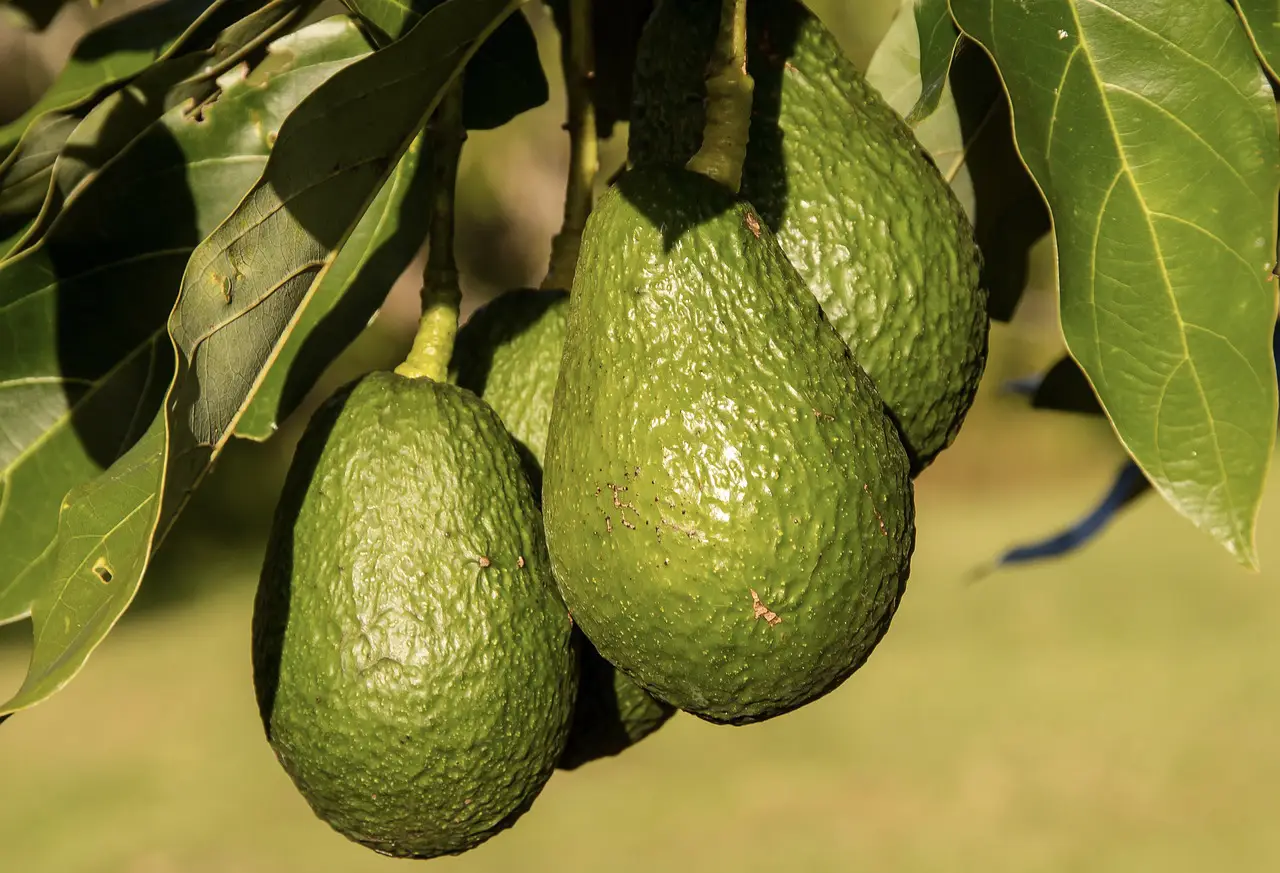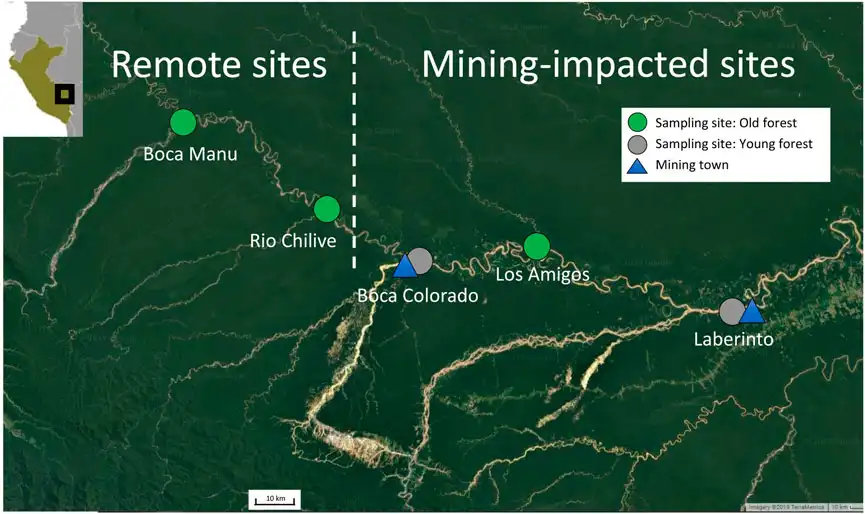
Researchers discovered that plant phototropism—growth toward light—is fine-tuned by acetylation-phosphorylation cross-talk in the blue-light receptor phototropin 1 (phot1). Acetylation at key lysines, especially K636, regulates phot1’s phosphorylation and activity, with the deacetylase HDA9 balancing these modifications. Light triggers phosphorylation, reducing HDA9 binding and allowing acetylation to limit over-signaling, forming a feedback loop. This mechanism, conserved in crops like tomato and peanut, provides new insights for breeding plants with better light adaptability and energy efficiency.













